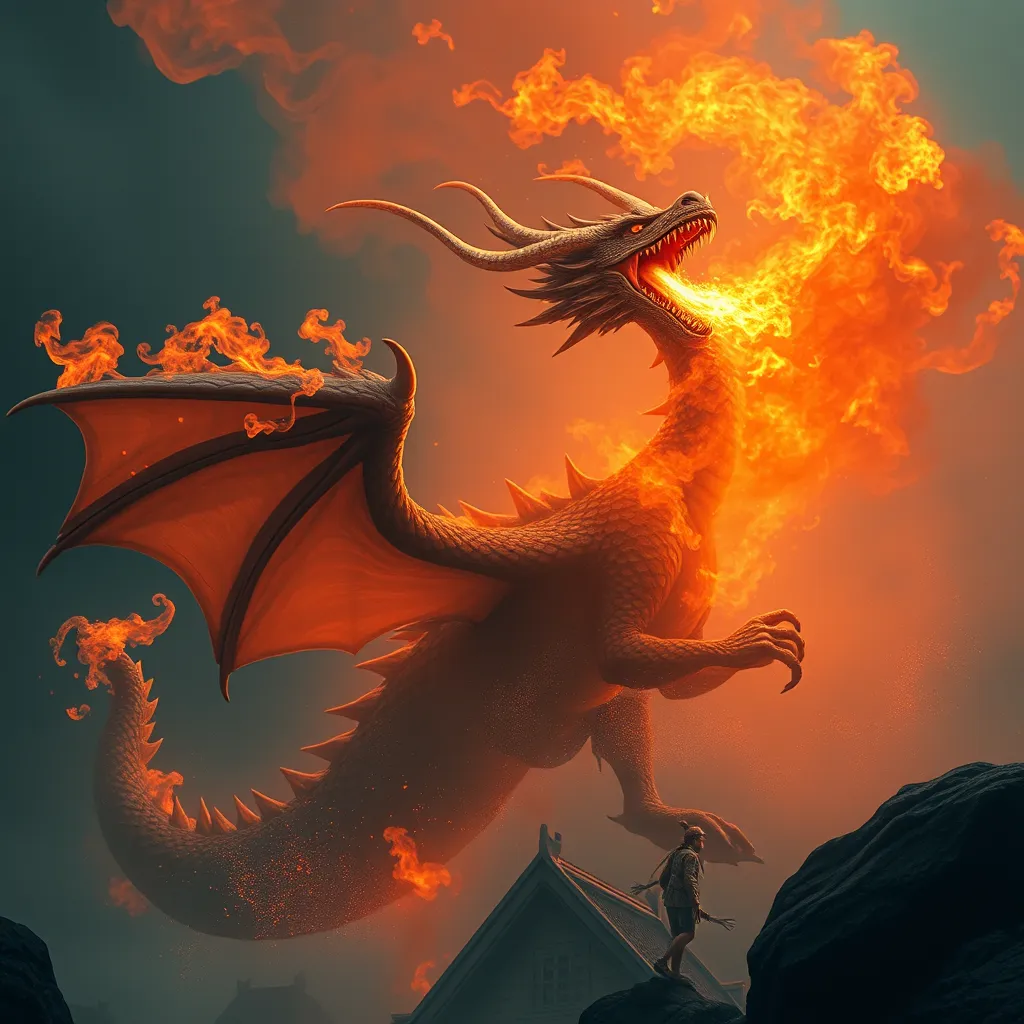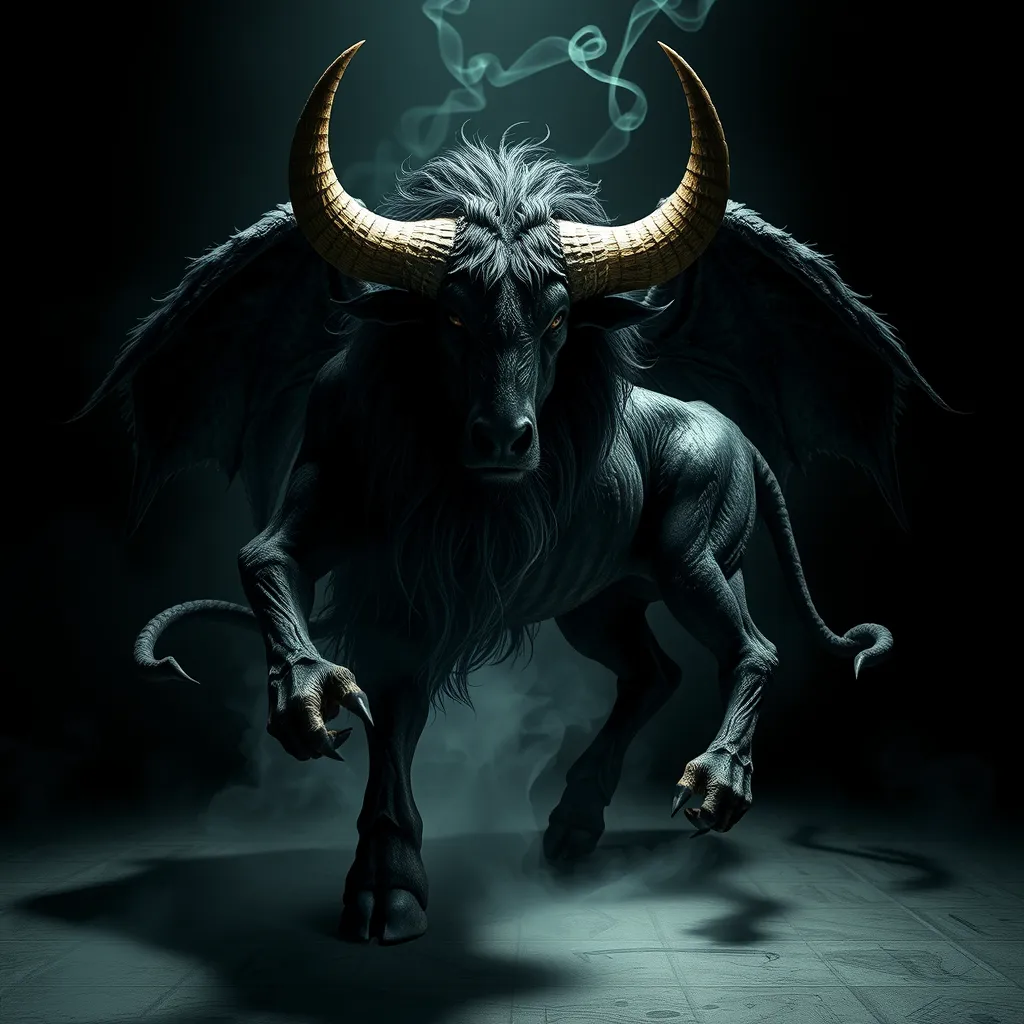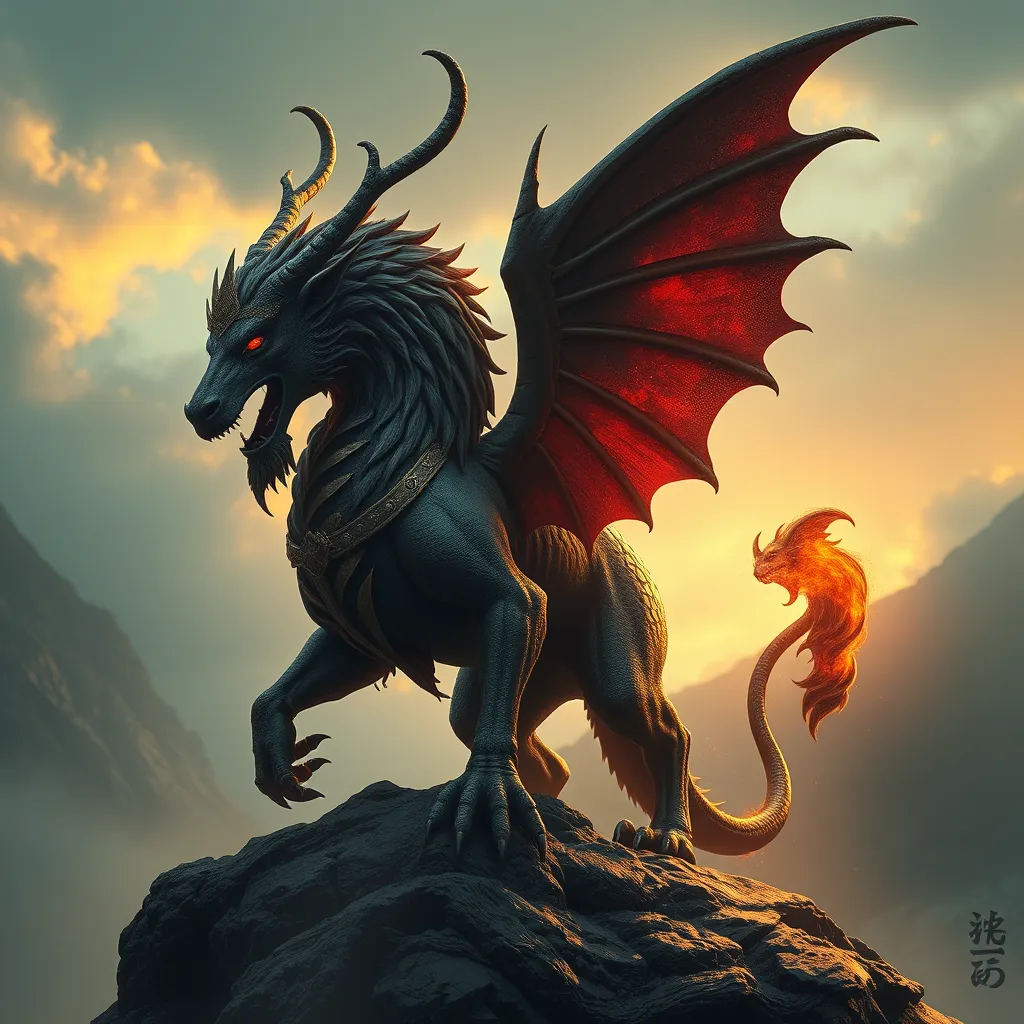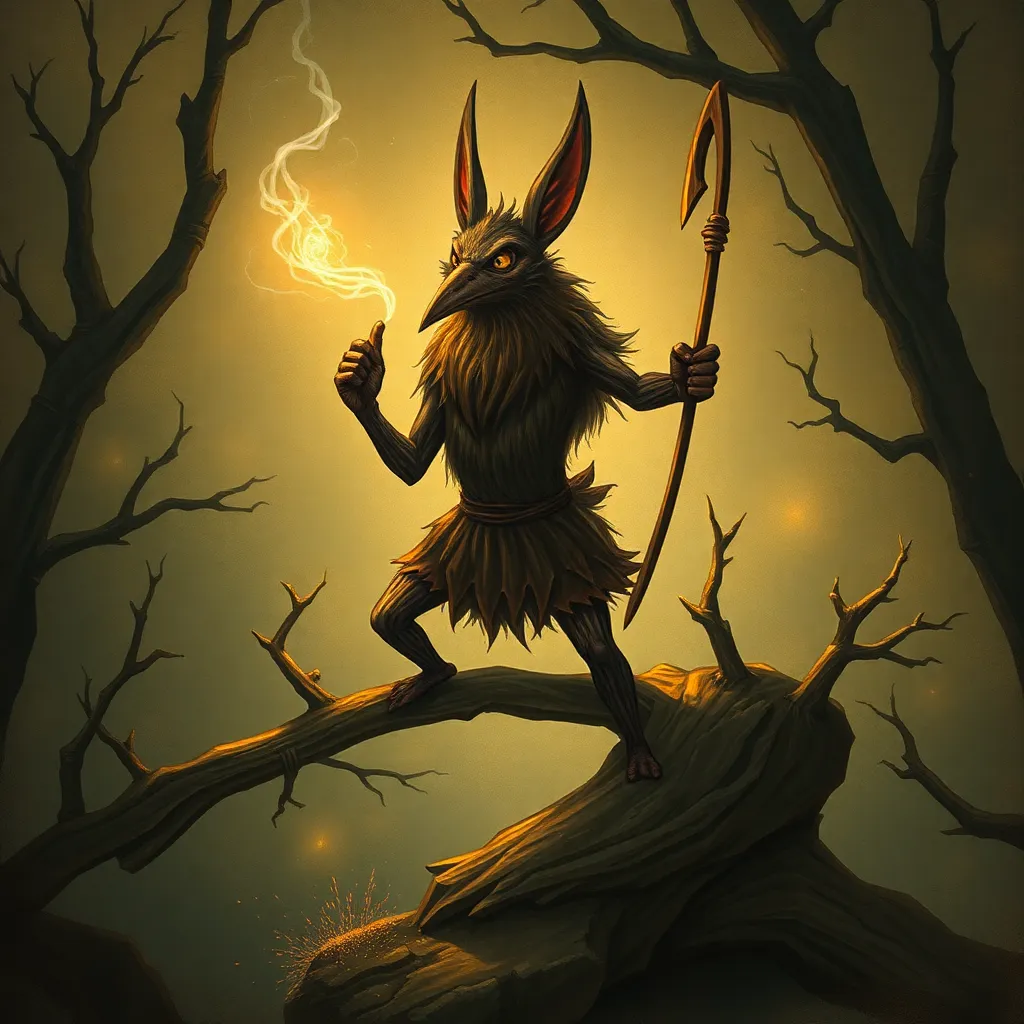The Dragon’s Breath: Exploring the Mythologies of Fire-Breathing Beasts
I. Introduction to Fire-Breathing Beasts
Fire-breathing creatures, particularly dragons, have captured the imagination of cultures around the world for centuries. These mythical beings are often depicted as large, serpent-like creatures capable of breathing fire, symbolizing various aspects of nature and human emotion.
Dragons hold significant places in global folklore, often embodying dualities of power and destruction, wisdom and chaos. This article aims to explore the various mythologies and cultural interpretations of dragons, tracing their historical origins, cultural variations, and their lasting impact on literature and modern society.
II. Historical Origins of Dragons
A. Ancient civilizations and their dragon myths
Dragon myths can be traced back to some of the oldest civilizations in history:
- Mesopotamian and Babylonian influences: Early depictions of dragons in Mesopotamian art often symbolize chaos and the primordial forces of nature, with creatures like Tiamat representing the ocean’s chaotic aspects.
- The role of dragons in early Asian cultures: In China, dragons have been revered as symbols of power and auspiciousness, often associated with water and agriculture.
B. Evolution of the dragon archetype through the ages
As civilizations evolved, so did the dragon archetype. From the fearsome beasts of the ancient Near East to the benevolent dragons of East Asia, these creatures adapted to reflect the values and beliefs of the societies that created them.
III. Cultural Variations of Dragon Mythology
A. Western dragons: Characteristics and symbolism
In Western mythology, dragons are often depicted as malevolent beings, hoarding treasure and terrorizing villages.
- The association with evil and destruction: Western dragons are frequently portrayed as embodiments of evil, serving as antagonists in folklore and literature.
- Notable tales: St. George and the Dragon: This famous legend illustrates the dragon as a symbol of evil overcome by the heroism of St. George, reflecting the cultural values of chivalry and bravery.
B. Eastern dragons: Characteristics and symbolism
In contrast, Eastern dragons are often seen as wise and benevolent creatures.
- Representation of wisdom and benevolence: In many East Asian cultures, dragons are associated with water, fertility, and good fortune.
- The significance of dragons in Chinese culture: The Chinese dragon is a national symbol, representing strength, dignity, and auspiciousness, often seen in festivals and celebrations.
IV. The Science Behind the Myth: How Dragons Were Imagined
A. The influence of real reptiles on dragon lore
Some scholars suggest that the dragon myth may have originated from the discovery of large reptilian fossils, leading to exaggerated stories of these creatures.
B. The role of natural phenomena (volcanic eruptions, fires) in shaping dragon myths
Natural disasters, such as volcanic eruptions or wildfires, might have contributed to the idea of fire-breathing dragons, as people sought to explain these terrifying phenomena.
C. Psychological interpretations of fear and awe in dragon stories
Dragons may also represent humanity’s primal fears and emotions, embodying the awe-inspiring and destructive forces of nature.
V. Dragons in Literature and Popular Culture
A. Classic literature featuring dragons
Dragons have played pivotal roles in many classic literary works:
- Beowulf: The dragon in this epic serves as a representation of ultimate evil, challenging the hero in his final battle.
- The Hobbit: Smaug the dragon symbolizes greed and the destructive nature of hoarding wealth.
B. Modern representations: films, games, and television series
In contemporary media, dragons continue to fascinate audiences through a variety of forms, from movies like “How to Train Your Dragon” to popular video games like “Skyrim.”
C. The impact of dragons on contemporary fantasy genres
Dragons have become a staple in fantasy literature and media, inspiring countless adaptations and new creations, shaping the genre as we know it today.
VI. The Symbolism of Fire in Dragon Mythology
A. Fire as a representation of power and destruction
Fire is a central theme in dragon mythology, symbolizing both immense power and the potential for destruction.
B. The duality of fire: creation and destruction in mythological contexts
While fire can devastate, it also serves as a source of warmth and light, representing the dual nature of dragons themselves.
C. Fire-breathing dragons as metaphors for human emotions and experiences
Dragons’ fire-breathing abilities can be seen as metaphors for passion, anger, and creativity, reflecting the complex emotional landscape of humanity.
VII. The Legacy of Dragons in Modern Society
A. Dragons in heraldry and national symbols
Dragons appear in various coats of arms and flags around the world, symbolizing strength and valor.
B. The popularity of dragon-themed merchandise and events
From toys to themed festivals, dragons remain a popular motif, cherished by fans of all ages.
C. The resurgence of interest in dragons within fantasy communities
With the rise of fantasy literature and media, dragons have seen a resurgence in popularity, inspiring new generations of fans and creators.
VIII. Conclusion: The Enduring Allure of Fire-Breathing Beasts
Throughout this exploration, we have traced the historical origins, cultural variations, and symbolic meanings associated with dragons. From their ancient roots to their modern representations, dragons continue to evoke fascination and awe.
The enduring allure of fire-breathing beasts reflects deep-seated human emotions and cultural narratives. As we continue to explore dragon lore across cultures, we uncover not only tales of mythical creatures but also insights into our own humanity.
https://www.youtube.com/watch?v=FYlqH6UqvHk



